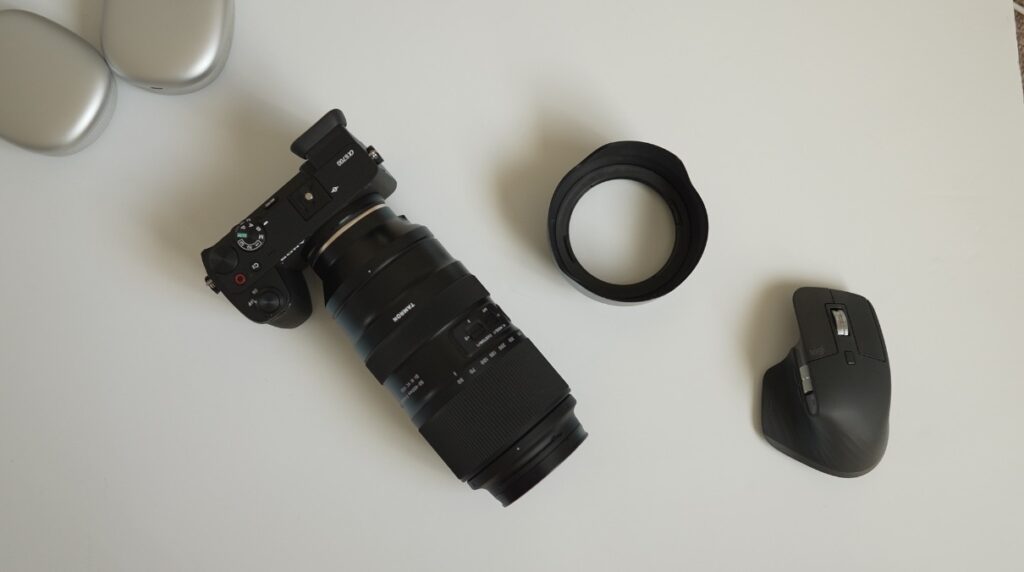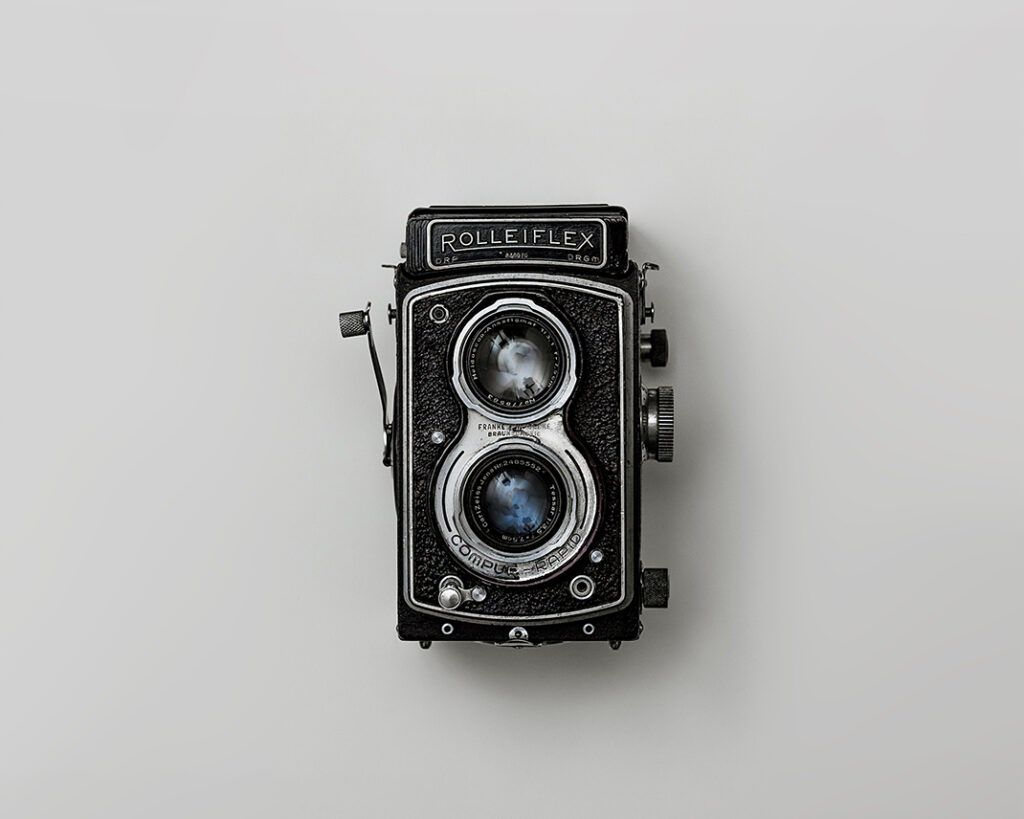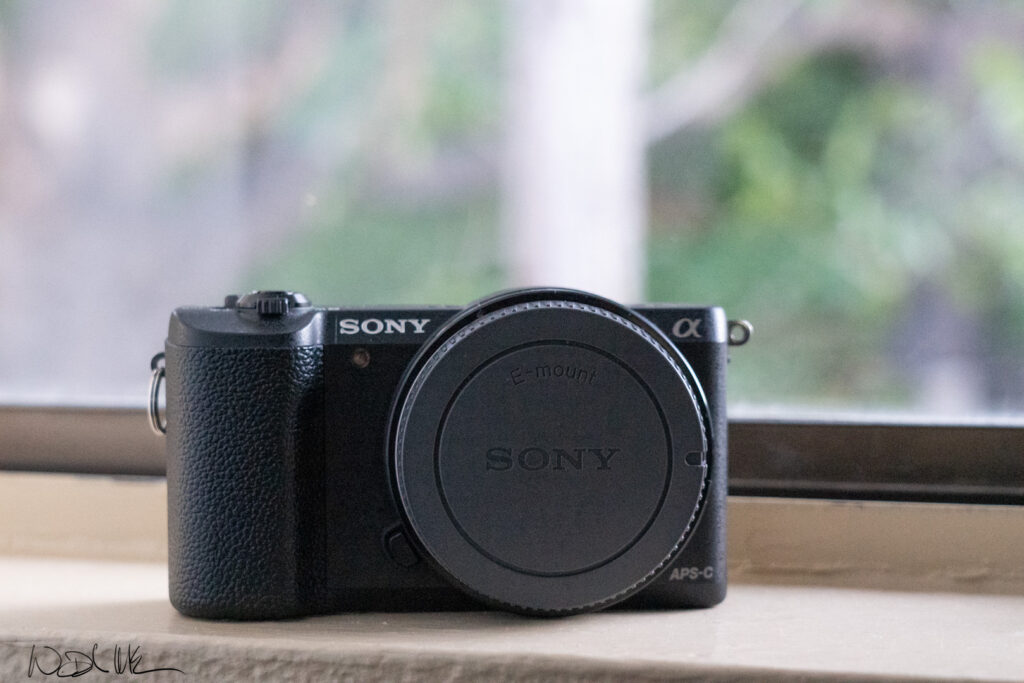I’ve been shooting full frame for the last 6 years, and I never looked back until Sony just recently released the Sony a6700.
The only problem I face now is upgrading my lenses to better suit aps-c. For the most part it hasn’t been a problem shooting with my full frame equivalents since I still use the full frame ZV-E1 for video.
I’ve found the a6700 to be a remarkable upgrade for it’s ergonomics, small size, autofocus capabilities and video features, and it was enough for me to sell my trusty Sony A7C and embrace aps-c as my primary camera for photography.
Why the a6700 and Tamron 50-400
While I prefer many of the features of the a6700, the main reason I decided to switch was because of the Tamron 50-400 f4.5-6.7.
For action and wildlife, I’ve found the Sony 100-400mm and 200-600mm too heavy for most situations. When I’m shooting wildlife, I usually hiking, and I wanted something lighter and more portable.
The Tamron 50-400 has perfectly solved this problem. It’s not the lightest lens or the best for low light, but it’s perfect high country backing, wildlife, and catching the action.
It has a focal length equivalent of a full frame 70-600mm. That’s the widest range of any camera I’ve ever used, and it’s also an incredible range for shooting both landscapes and wildlife.
You might think the 75mm on the wide end isn’t wide enough, but I’ve found that most of my photography is around 75mm or more, and if I ever need something wider I can always take multiple shots and stitch them in post.
This actually produces less distortion and doubles the megapixel count.
Other lenses I’m considering
If you need something lighter and smaller the Sony 70-350 is also a great lightweight lens.
It’s both smaller in size and lighter than the Tamron 50-400mm. It also has the same maximum aperture.
The only real limitation is the focal length of 350mm. But on a crop sensor it becomes 525mm which isn’t much of a difference between what you’ll get from the Tamron.
Now when it comes to low light a maximum aperture of 6.3 isn’t that great and that’s why I would also consider a few other lenses.
The Sony 300 2.8 is one that most people can’t afford but it stands out in terms size, weight, sharpness, and it’s one the best lenses I’ve ever used.
This would be my go to lens for sports and wildlife photography. It’s also compatible with the 1.5x and 2x teleconverters making this lens the focal length equivalency of a 675/900mm.
Pairing that with a maximum aperture truly makes this lens remarkable.
If you’re like me and can’t afford this lens, you might also consider the Sony 100-400. It’s slightly larger than the Tamron 50-400mm and it’s a little heavier, but you get a 1/3 stop increase in aperture spend.
That’s not a whole letter better, but there really aren’t any other options in this range unless you use a smaller focal length like the Sony 70-200mm 2.8.
I actually wrote a separate article on this lens paired teleconverters.
Summary
If you’re looking for one lens to do it all both the Tamron 50-400 or Sony 70-350 are your best options for the price. The second factor is really focal length or size and weight.
I own the Tamron and if I add another telephoto lens to my kit it will probably be the Sony 70-200 2.8 gm ii. Using it with a teleconverter makes it truly a marvel for the best in speed and low light.
I hope this was helpful. Please consider subscribing below to read more reviews on gear.




